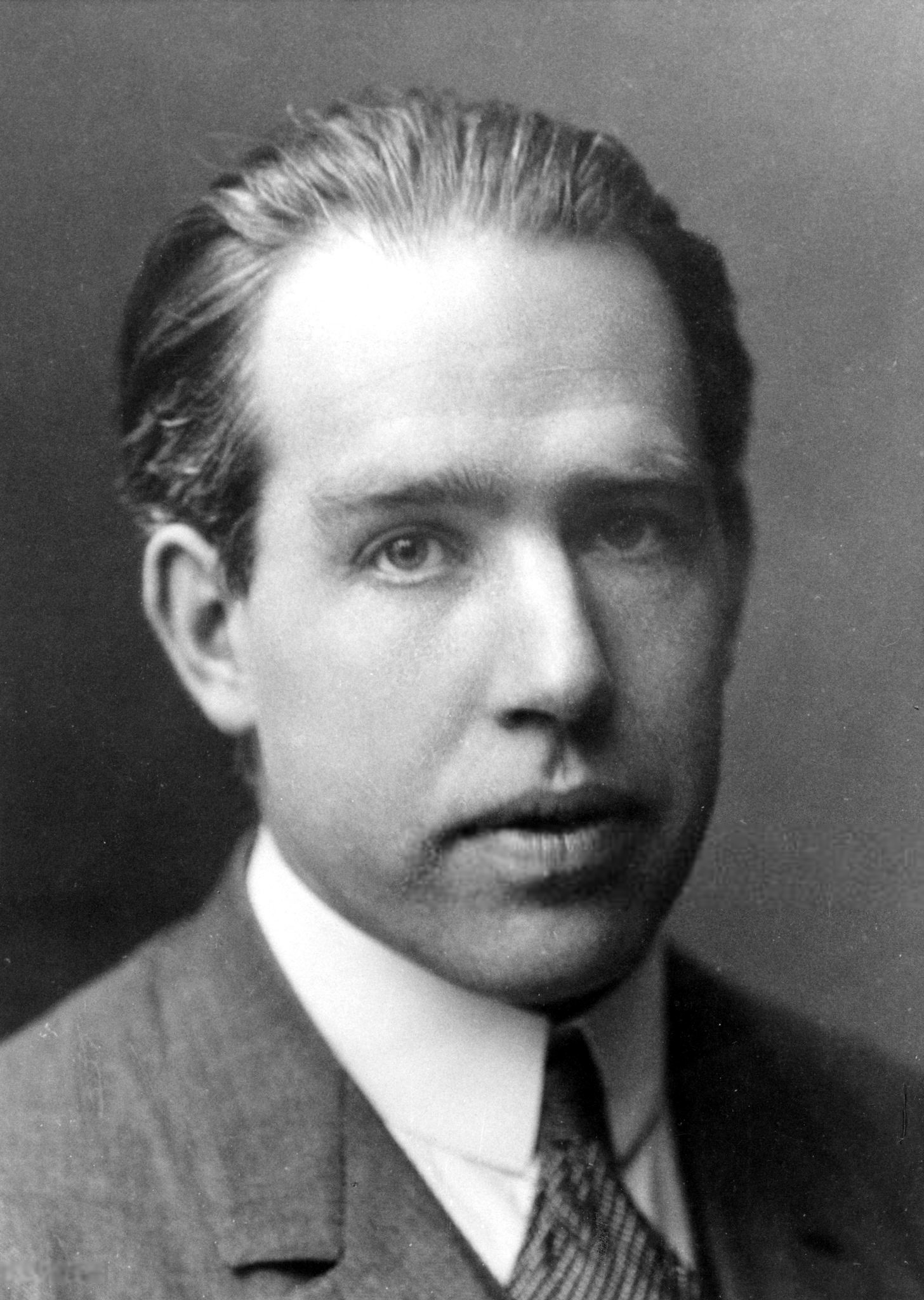A few years ago, a friend asked a question that took me somewhat by surprise. “Alice,” he said, “is quantum physics right, or is it just a theory?”
At the time I was in the midst of a physics degree, so my initial response was “I hope so!” Quantum physics matches up to experiment extraordinarily well – it is often called the most accurate theory ever. But the question, and subsequent conversation, made me realise how little many people know about the subject, despite its profound impact on modern life and the way we think about the universe.
This year is the centenary of the publication of one of the theories that laid the foundation for our understanding of matter in terms of quanta – packets of energy. According to quantum mechanics, light is not a wave, but lump of energy called photons. Max Planck came up with the idea at the end of the 19th Century, though he considered his light ‘quanta’ a useful model, rather than reality.

One hundred years ago, in 1913, the young Danish researcher Niels Bohr sent a paper to the Philosophical Magazine in London that used these quanta to solve a serious problem with theories about the atom. At the time, scientists thought the atom was like a solar systems; electrons orbit a nucleus of protons and neutrons. But anything that moves in a circle gradually slowly radiates energy, and so moves closer to the centre of orbit. Eventually, electrons should fall into the nucleus of the atom.
But they blatantly don’t, otherwise everything in the Universe would collapse, and we wouldn’t exist. Bohr proposed that electrons could only sit in discrete orbits or distances from the nucleus – and therefore when electrons change orbit transitions between orbits emit only emit energy in discrete packets (quanta), not gradually. The electrons therefore stay put in their orbits, and don’t fall into the nucleus of the atom.

Bohr was the first to show that packets of energy could successfully explain and predict the behaviour of atoms, the stuff that makes up you and me. His results were only approximately correct, but a big improvement of previous theories.
Generations of scientists have built on Bohr’s insight to understand and create the modern world. When my friend asked whether quantum physics worked, I pointed at his laptop. Computers, nanotechnology, and the Large Hadron Collider owe their existence to the physics that began with Bohr’s generation.

Bohr’s original papers are clear and comprehensible, a beautiful read for physicists. The mathematics involves nothing more difficult than multiplication and division, yet the philosophical implications are immense. Max Planck never fully accepted quantum physics; neither did Albert Einstein, despite winning a Nobel Prize for his work on the subject.
Bohr also won a Nobel Prize for his quantum theory, but his work did not stop. He founded the Niels Bohr Institute, a centre of theoretical physics in Copenhagen, worked on the Manhattan Project developing the atomic bomb, and continued to make contributions to quantum mechanics.
And he has a lovely link to the exhibition I’m currently working on, about the Large Hadron Collider. Bohr was influential in the founding of CERN, the Geneva laboratory that is home to the LHC. If he had his way, the LHC would be in Denmark, but other scientists objected – Northern Europe was too cloudy, and had too few ski resorts, for Italian tastes.
Alice Lighton was a content developer for the Colider: step inside the world’s greatest experiment exhibition.
2 comments on “A Hundred Years Of The Quantum Atom”
Comments are closed.
I can’t believe it has been 100 years since the theories of quanta have been developed. The Quantum Theory is remarkable,even to todays brains,but to think of these ideas being a century old…Amazing. Particles!!!
I highly recommend D’Abro’s books “The Rise of the New Physics”. Possibly the best history and explanation of the quantum theory.